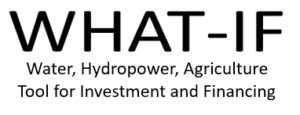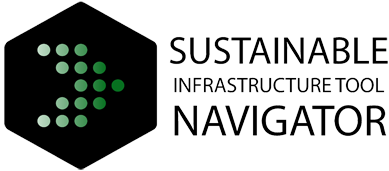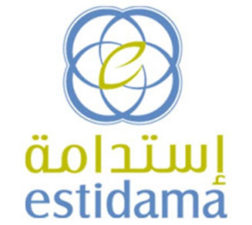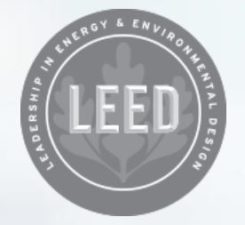
The Water-Hydropower-Agriculture Tool for Investments and Financing (WHAT-IF) tool is a computer-based model developed for economic assessment of water infrastructure (e.g. reservoirs, irrigation, water supply, energy production) within the water-energy-food nexus. The key objective of the tool is to maximize economic welfare considering nexus’ trade-offs, such as crop and power markets and trade, as well as exogenous climate change and socio-economic drivers. Therewith, the tool enables to solve synergies and tradeoffs between those sectors and provides the user with nexus-optimized water infrastructure solutions based on the comparison of different scenarios.
Lifecycle Phase(s): Strategic PlanningPublic authorities identify the needs and long-term vision for infrastructure development., FinanceDevelopers decide how to pay for their project.
Type(s) of Tool: Economic / Financial ValuationsAnalyses the economic/financial value and risks related to projects.







